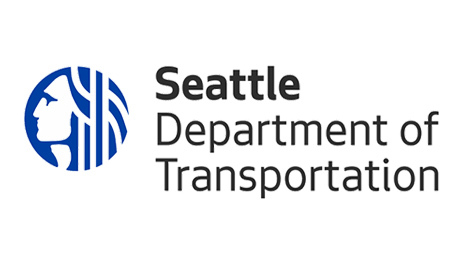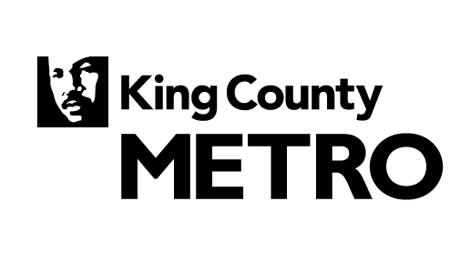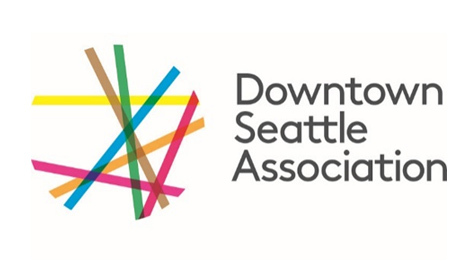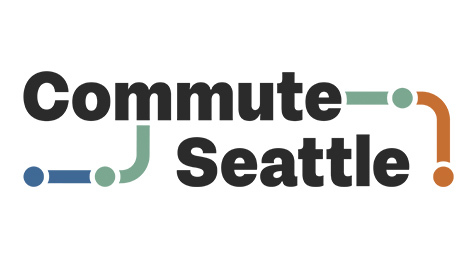This year’s Transportation Transformations looked back and ahead after a truly transformative year. 2020 will no doubt be remembered for its challenges, and this event shared a hopeful look ahead to the future of mobility in our city and the way transportation can help us recover and create a more equitable, healthy community for everyone.
Watch Commute Safe, Commute Happy
The State of the Commute revealed that in 2019 remote work accounted for less than 6% of downtown workers. In 2020, Covid-19 has led 1 in 2 employees in the Seattle metro area to work remotely, with many teleworking for the first time and requiring the business community to adjust rapidly. We’ve learned over the last year remote work has gone well despite the urgency to adapt.
Survey Results: Workplace Experiences During Coronavirus
Our panelists had a range of expertise and covered topics including the West Seattle bridge closure, the 28 new light rails stations coming in the next 4 years, as well as what the future may hold for our transportation infrastructure.
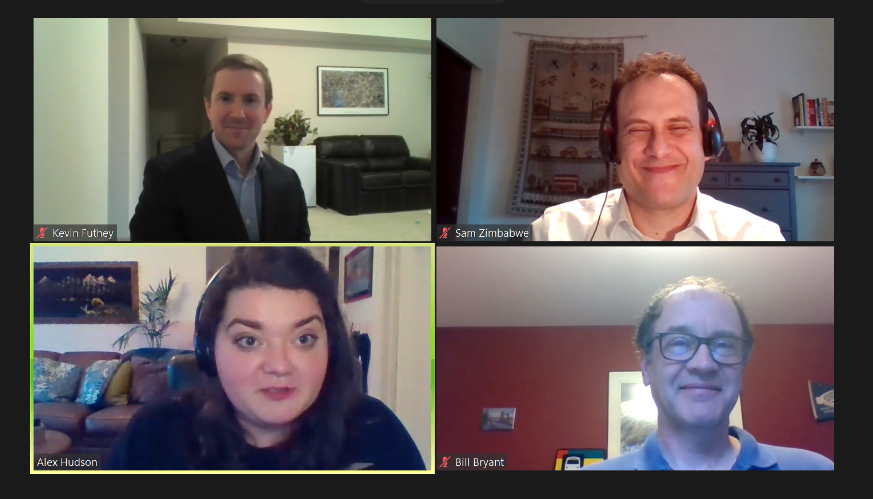
Alex Hudson of Transportation Choices Coalition gave us great insights on how to better understand the customer and called for equity to be a part of the DNA of our transportation institutions. She also stressed the inflexibility and volatile nature of transportation funding, citing that 3% of the state’s transportation budget goes to transportation.
LA Metro: Understanding How Women Travel
Sam Zimbabwe of SDOT urged businesses to educate their employees on the safety measures that ensure public transportation travel is safe, noting improvements to ventilation and cleaning procedures on transit. However, he also noted that remote work that is our greatest asset in relieving pressure off of our transportation system constraints in the near-term.
Scientific American: There Is Little Evidence That Mass Transit Poses a Risk of Coronavirus Outbreaks
Bill Bryant of King County Metro emphasized how equity is at the forefront of transportation planning at Metro and how we will see peak demand shifting as more people work from home. He noted that buses that looked empty in 2019 would be unfortunately full by 2020’s social distancing standards. Employers should help avoid crowded peak hours on transit by allowing workers to have flexible schedules whenever possible.
King County Metro is “Ready When You Are” with new safety innovations and route changes
We had great questions from the audience, including:
- Do you have any information on the structural integrity of the lower West Seattle bridge? Also, while the upper bridge is being repaired, will the bike lane on the lower bridge remain available?
- What is the longer-term (regional) funding solution for Seattle’s transit future?
- Sound Transit has released a tool to see the capacity of the link rail trains so people can plan around that, is there any plan to implement a similar tool on Metro and/or other transit authorities?
Hear answers to these questions and more by watching the event below.

